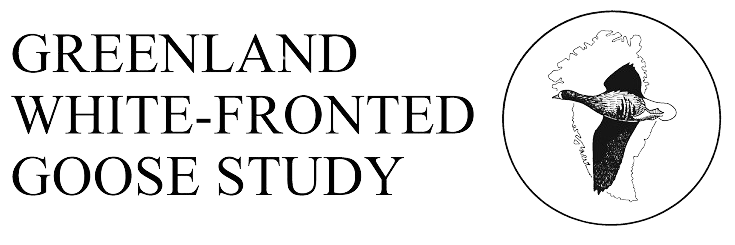History and status
Since the early 1990s, this area has no longer been regularly used by geese, but formerly of international importance (part of R&O 43). There is little information about these birds and their interchange with the other flocks of Caithness, but the presence of a consistent small group (normally numbering 40-50 individuals during the 1970s and 1980s) in the general area suggested continuity of use of these resorts at least during the mid 1980s. This flock gradually dwindled to number 6 in winter 1992/3 and 2 returned to be seen regularly in 1993/4. None have been reported since (Laybourne 1997). It seems possible that these birds were an offshoot of the Loch of Mey/Loch Heilen flock, but the lack of marked individuals reported from this flock precludes any concrete conclusions.
Maximum winter counts:
Breeding success: There are no consistent production data from this site.
Feeding sites and habitat: Moss of Killimster is a species rich lowland blanket mire, with well developed surface patterning so attractive to the species. The geese also used reseeded pasture adjacent to the loch. The nearby Loch of Winless is a shallow mesotrophic loch impounded by the development of the Keiss Links sand dune system on the coast. The terrestrial habitats associated with the loch are base-rich and are surrounded by rough pasture and reseed, with extensive peatlands in the valley bottom. The Greenland White-fronted Geese and Whooper Swans of the area used the pasture adjacent to the loch for grazing, as well as pasture and stubble south of the loch along the ridge by Westerloch. However, it was strongly suspected that peatland feeding areas behind and to the north of the loch were extensively used, explaining the erratic visibility of the flock associated with this site. The site also includes base-rich swamp and wet meadow, both attractive as feeding for the geese which roosted on the Loch of Killimster. Loch of Wester is a shallow mesotrophic loch with surrounding dune and rough pasture, reseed and bogland.
Roosting sites: Probably most often Loch of Kilimster, less often Loch of Winless, potentially also on Loch of Wester.
Habitat change: A rail track was constructed to bear continuously welded sections of pipeline for the oil industry in the 1980s which caused some disturbance along the south side of the loch. However, disturbance was intermittent. There was some afforestation by conifers upstream of the loch which may have affected the moorland to the north-west in the 1980s, potentially reucing the feeding area of peatlands available to the flock.
Aircraft disturbance: Nothing known
Hunting disturbance: The farmer on the north side of the loch was in receipt of a license to disturb Greylag Geese in the 1980s which would doubtless have affected Greenland White-fronted Geese at the site
Agricultural disturbance: Nothing known
Site safeguards or disturbance refuge: Loch Winless, the Loch of Wester and the Moss of Killimster are components of the Caithness Lochs SPA and Ramsar Site, these and Loch Winless,are all SSSIs
SNH Natural Heritage Zones/Area: Orkney and Northern Caithness.
Threats: None known
Linkages with other sites: There have been observations of a single marked goose from the Loch Winless area. 7KE was a Wexford ringed individual caught in 1984 that wintered there every year until it turned up in the Laggan Valley on Kintyre in October 1992. It was not seen again that winter until a series of observations at Winless in February and March 1993. It has not been seen since.
References
Laybourne, S. (1997) Survey of winter wildfowl using Caithness Lochs proposed Special Potection Area and Ramsar Site. Unpublished report to Scottish Natural Heritage.
Laybourne, S. & Fox, A.D. (1988) Greenland White-fronted Geese in Caithness. Scottish Birds 15: 30-35.
